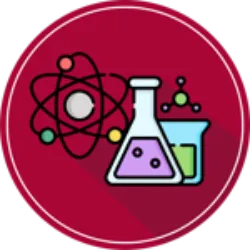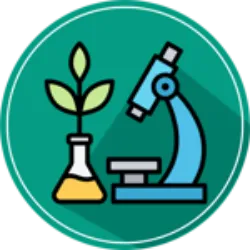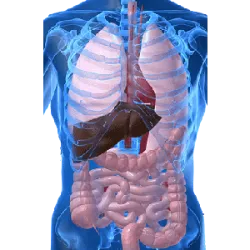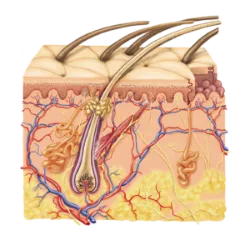The Science of Molecular Life Processes

Biochemistry is the science that studies the chemical reactions and molecular processes that occur in living organisms. This interdisciplinary field combines principles of chemistry and biology to understand how cells work, including the structure and function of biomolecules such as proteins, carbohydrates, lipids and nucleic acids.
Biochemistry has fundamental applications in medicine, biotechnology, nutrition and pharmacology, enabling advances in the understanding of diseases, drug development and biomolecule engineering for various industrial sectors. Techniques such as genetic engineering and molecular biology drive research into metabolism, cell signalling and gene regulation.
In addition, biochemistry is essential for emerging fields, such as clinical biochemistry and industrial biotechnology, which seek innovative solutions for human health and sustainability. Its impact extends from the discovery of new treatments to the production of food and biofuels, making it an indispensable science for technological and scientific advancement.
The Basis of Life and the Role of Proteins
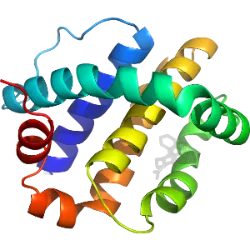
Biomolecules are fundamental to life, and among them, proteins play essential roles in the structure and functioning of organisms. They are composed of amino acids and organized into four structural levels: the primary structure corresponds to the linear sequence of amino acids; the secondary structure, to the folds formed by hydrogen bonds, such as alpha helices and beta sheets; the tertiary structure defines the three-dimensional shape of the protein; and the quaternary structure arises when two or more polypeptide chains join together.
In addition to structuring tissues, proteins act as enzymes, biological catalysts that accelerate essential chemical reactions, such as digestion and energy production. Enzymatic catalysis occurs through the reduction of activation energy, making cellular processes more efficient.
Research in biochemistry has revealed new functions of proteins and their applications in medicine and biotechnology. The study of these biomolecules is crucial for advances in disease treatments and the engineering of new drugs.
Test yourself with one of these challenges 👇
Discover some interesting facts about Biochemistry
The Main Source of Energy for Life
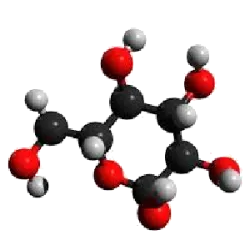
Carbohydrates are biomolecules that are essential for living organisms, playing fundamental roles in energy production and cellular structure. They are classified into three main groups: monosaccharides, such as glucose and fructose, which are simple and rapidly absorbed sugars; disaccharides, such as sucrose and lactose, which are composed of two monosaccharides joined together; and polysaccharides, such as starch and glycogen, which function as energy reserves in plants and animals.
In addition to providing energy, carbohydrates also have a structural function. Cellulose, present in the cell wall of plants, ensures rigidity and support, while chitin strengthens the exoskeletons of insects and crustaceans.
In human health, a balanced intake of carbohydrates is crucial, as excess can lead to metabolic diseases, such as diabetes. Studies are advancing the understanding of these biomolecules and their impact on nutrition and biotechnology.
Essential for Energy and Cellular Structure
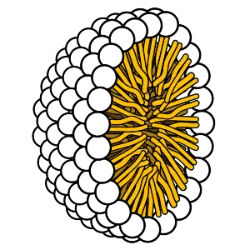
Lipids are biomolecules that are essential for living organisms, playing crucial roles in energy storage and cell structure. The main types include fatty acids, which serve as a primary source of energy; triglycerides, stored in adipose tissue as an energy reserve; phospholipids, which make up the cell membrane and ensure its fluidity and protection; and sterols, such as cholesterol, which are essential for the synthesis of hormones and membrane stabilization.
In addition to providing long-lasting energy, lipids act as thermal insulation and protect organs. During metabolism, they are broken down by enzymes and transported by the blood to be used as cellular fuel. Despite their importance, excess lipids may be associated with cardiovascular diseases.
Studies are advancing the understanding of these biomolecules to develop new treatments for obesity and metabolic disorders, highlighting the importance of a balanced diet.
Nucleic acids, DNA and RNA
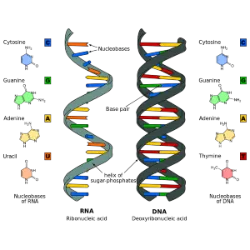
Nucleic acids, DNA and RNA, are essential biomolecules that store and transmit the genetic information of living beings. DNA (deoxyribonucleic acid) contains the instructions for the formation and functioning of cells, and is responsible for heredity. RNA (ribonucleic acid) plays a crucial role in protein synthesis, translating the genetic code into functional molecules.
The process begins with transcription, where DNA is converted into messenger RNA (mRNA). This is followed by translation, in which ribosomes and transfer RNA (tRNA) organize amino acids to form proteins, which are essential for cellular functions.
In addition to protein synthesis, nucleic acids regulate gene expression, controlling which genes are activated or silenced. Advanced research in biotechnology and gene therapy explores these biomolecules to treat inherited diseases and develop new medical therapies, reinforcing their fundamental role in science and medicine.
Metabolism: The Balance
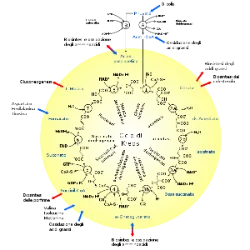
Metabolism is a set of chemical reactions essential for the maintenance of life, divided into two fundamental processes: catabolism and anabolism. Catabolism involves the breakdown of complex molecules, such as carbohydrates and lipids, releasing energy in exergonic reactions – those that produce ATP, cellular fuel. Examples include glycolysis and cellular respiration.
On the other hand, anabolism is responsible for the construction of molecules, such as proteins and DNA, consuming energy in endergonic reactions. This process is essential for cell growth, tissue repair and energy storage, and is driven by the ATP generated in catabolism.
The balance between these metabolic pathways ensures the functioning of the organism. Studies in bioenergetics seek to optimize this process to treat metabolic diseases and develop innovative therapies, reinforcing the importance of these reactions for health and science.
The Pathways of Cellular Metabolism
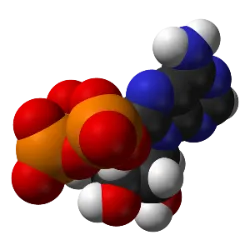
Energy production in cells depends on three fundamental processes: glycolysis, Krebs Cycle and Electron Transport Chain. These mechanisms ensure the conversion of nutrients into ATP, the main source of cellular energy.
Glycolysis, the first stage, occurs in the cytoplasm and breaks down a glucose molecule into two pyruvate molecules, generating ATP and NADH. If oxygen is available, the pyruvate goes to the mitochondria, where the Krebs Cycle occurs. In this phase, acetyl-CoA molecules are processed, releasing CO₂ and producing more NADH and FADH₂, electron transporters.
The last stage is the Electron Transport Chain, located in the mitochondrial membrane. In it, electrons pass through specialized proteins, generating a proton gradient that drives the synthesis of ATP. This process ends cellular respiration and ensures the greatest energy production in the organism.
Test yourself with one of these challenges 👇
HOME

